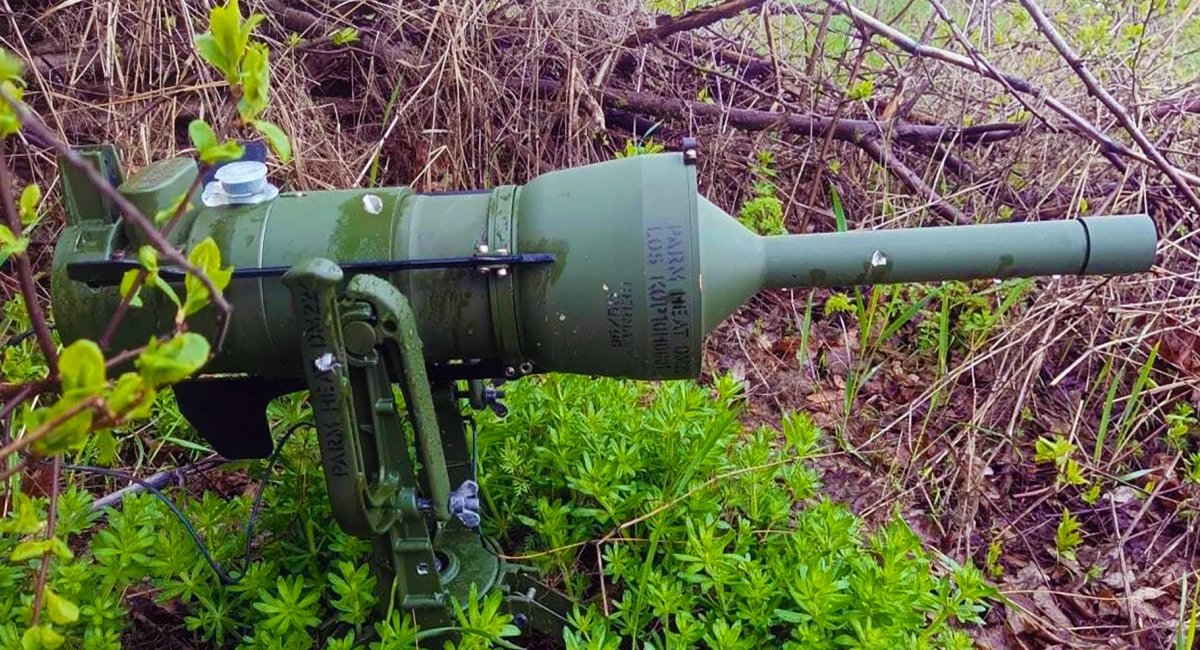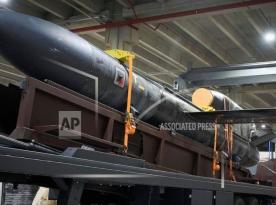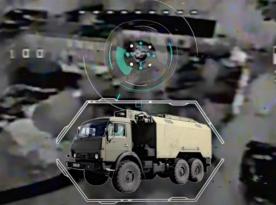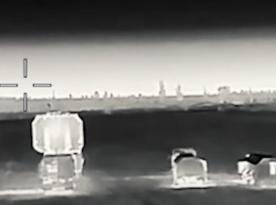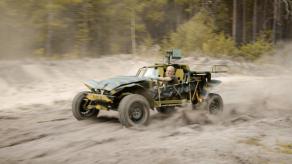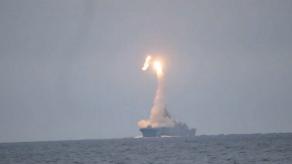Anti-tank landmine of the DM22 type was first delivered to Ukraine in May this year and has since been actively used by the Ukrainian sappers to blow up russian tanks and other equipment.
Journalist of the Ukrainian Military TV has visited the troops to know more about this weapon, so we too have an opportunity to know about its combat performance first-handedly. The video below is provided with subtitles.
Read more: Ukraine Get Undersea Minehunter Drones From UK to Clear Coastline
A soldier who got used to plant "standard" Soviet-made TM-62 mines to create no-go areas and ambushes for russian equipment, says the German DM22 is very easy to emplace:
"The key issue when setting up [the DM22] is to camouflage and point it correctly. That’s all. In proper conditions, it can be planted in a minute," says sapper Artem.
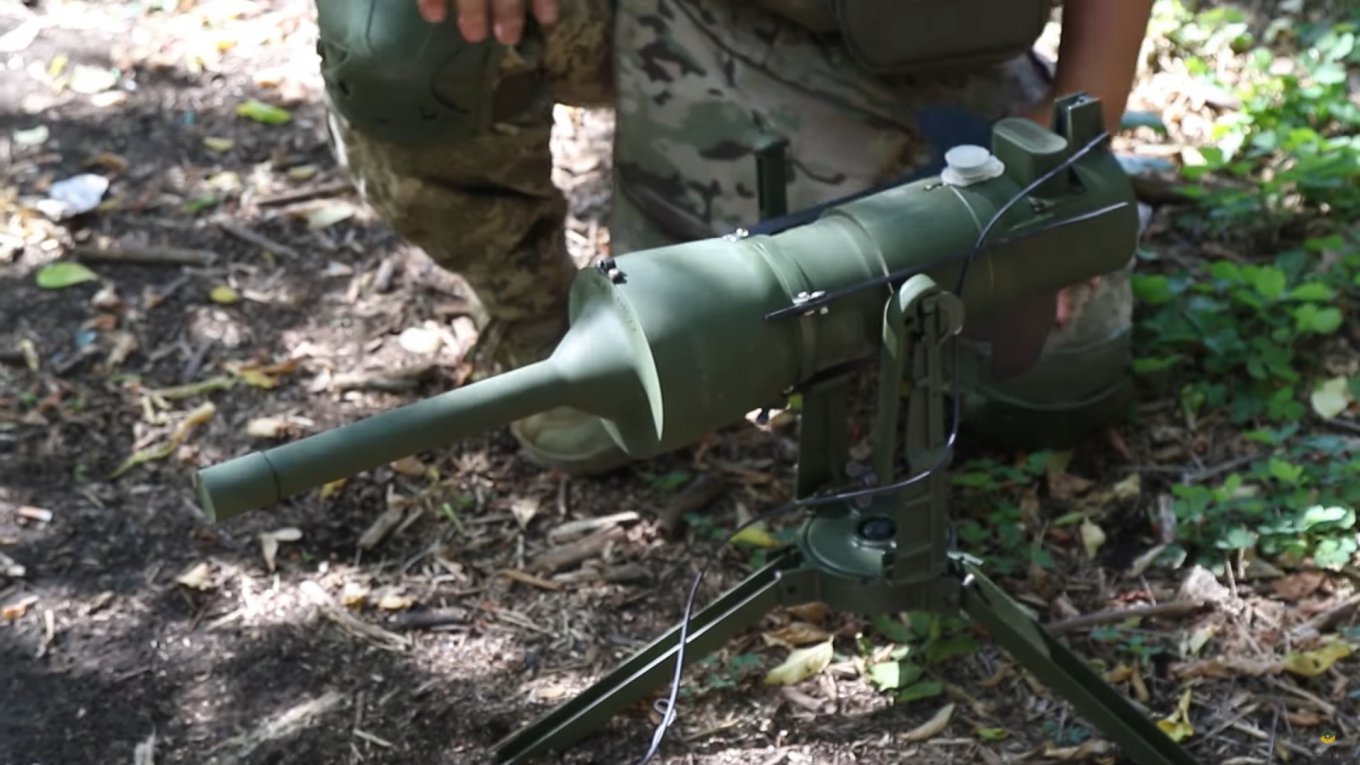
But no less important is the DM22’s firepower which exceeds the Soviet-era equipment. While a TM-62 is capable of damaging a tank and leaving it immobile, the DM22 is potent enough to actually destroy armor.
"Usually, an ordinary TM mine tears the track or, at best, blasts a roller off [the chasis]. As for the DM22, this one hits harder, deeper, hits the crew and there is a higher chance of hitting the ammunition, the ammo will explode – after that such a tank won’t be to continue combat service."

And this is how the DM22 works. The tripwire of the weapon is stretched over the road. When a vehicle runs over it, the DM22 sends a blast of focused cumulative charge in the set direction burning through armor.
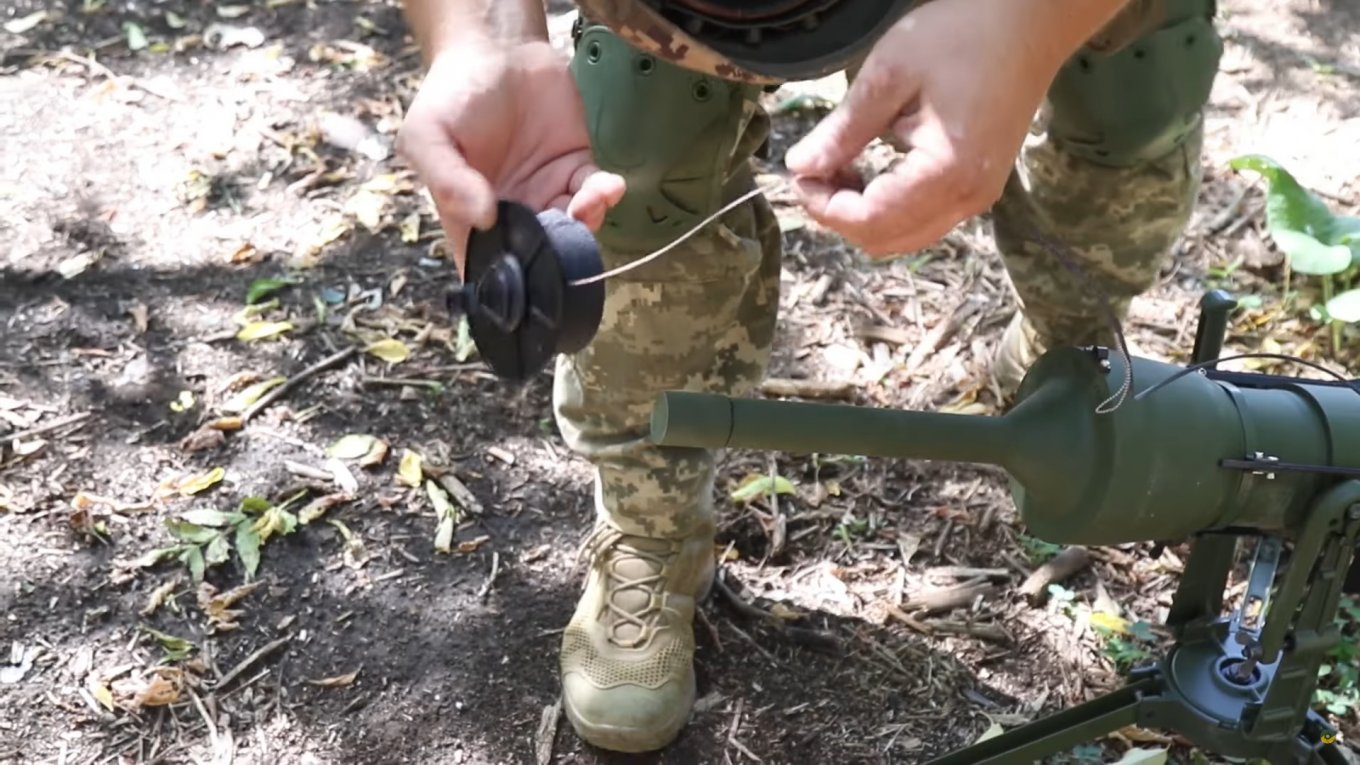
Germany has so far delivered 14,900 anti-tank mines, according to the latest update. This number includes the DM22 and also DM31 "conventional" ground-planted mines. There is no exact data on the ratio, but in June, the supplies of DM22 were predominant with 2,600 DM22s against 300 items of DM31.
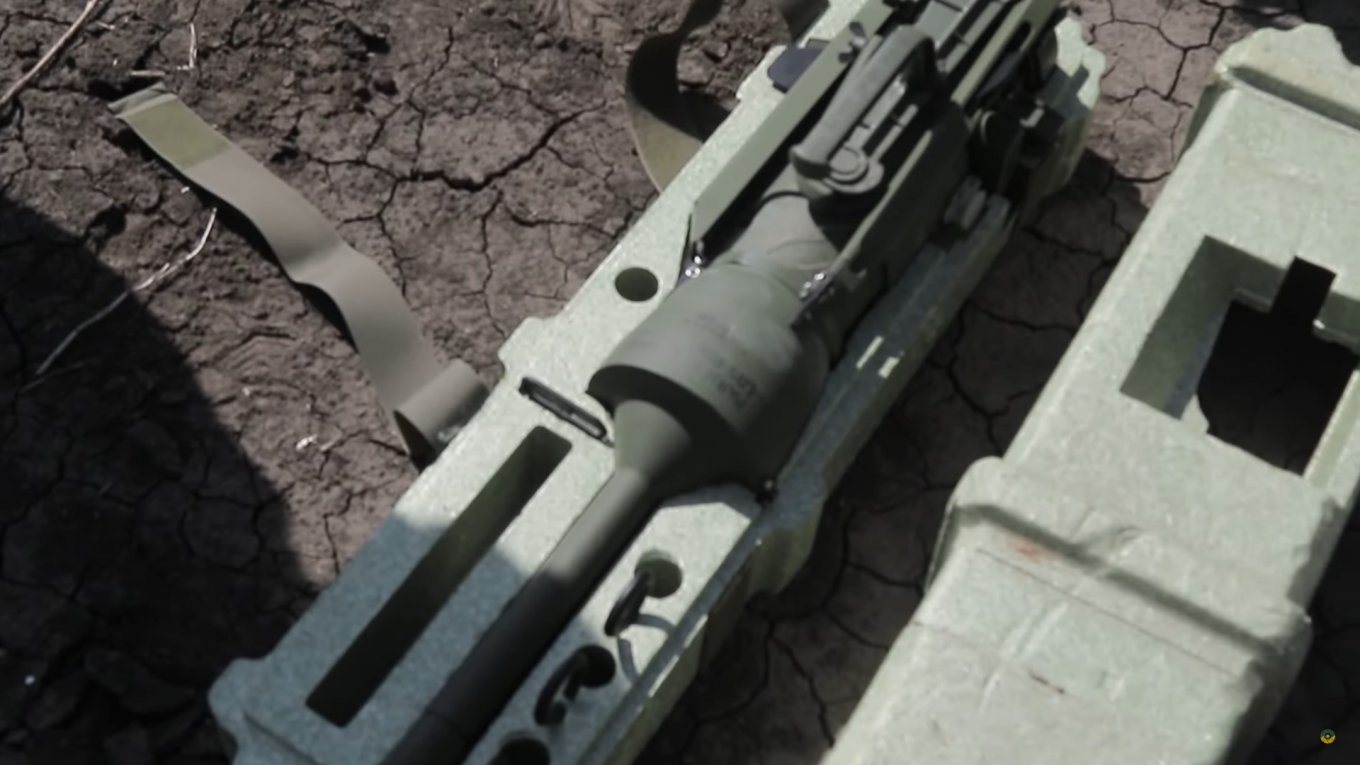
As Defense Express earlier reported, there was a spectacular case when russians made up a "Kamikaze Truck" and tried to use it against Ukrainian troops but failed thanks to a landmine, which was, according to some sources, the TM-62. This shows that the mastery to apply the weapons in practice matters no less than the individual characteristics of the arsenal.
Read more: Trying to Shell Kharkiv With the S-300, russians Hit Own Belgorod (Video)




